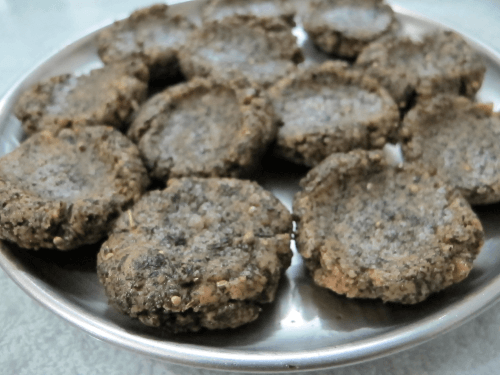The ABCs of hard part turning on CNC lathes
Hard part turning is the turning of steel with a hardness over 45 HRc (typically in range 55-68 Hrc). It is more cost effective than grinding. Compared to grinding, it can cut machining time and costs by up to 75 %, and also offers improved flexibility, better lead times.

Pic. source: https://www.sandvik.coromant.com

Hard part turning is done with Cubic Boron Nitride (CBN). Ceramics are less popular, and can be used for workpiece materials between 50-60 HRc. The turning is done dry, without coolant.
Compared to grinding, these are the benefits of hard part turning:
– Better machine utilization – same machine is used for external and internal machining (in grinding you would 2 need machines, which means 2 setups).
– Lower machining time.Lower cost per part, because turning is a faster and cheaper process than grinding.
– Complex part shapes can be machined in one set-up.
– No coolant is used, hence more environment-friendly (no grinding sludge).
– Saves the cost of coolant, which can be up to 15 % of machining cost.
Hard part turning is popular in turning automobile parts, particularly drive-train parts like pinions and shafts, gears and crown wheel.
Etc
Starting your day on a high note
I was in Indore on work some moons ago, and at 8 AM I popped over to a small eatery for the traditional Indore breakfast of Poha and Jalebi. Right next to my breakfast place I saw a shop selling Bhang. Totally legitimately, licensed and all that. There were also people gulping down glasses of bhang at that hour, essentially starting their day on a high note. I couldn’t believe my eyes, because it’s the first time in my life that I was seeing a bhang shop. It’s unknown in my city of Bangalore, and in most of India, barring MP, UP and a couple of other states. Varanasi in UP is supposed to be THE place for bhang.


The raw material for making bhang is leaves of Weed (alias Marijuana/ Cannabis / Pot / Weed / Ganja / Dope / Hash). Bhang is basically a Weed milk shake. Grind the leaves, chuck the stuff in a glass of milk, stir well, and gulp it down. Sugar is optional, and an upmarket version called Bhang Thandai also has almonds, saunf (aniseed), cardamom, mint leaves, pepper and rose petals. Thandai means ‘cold drink’ in Hindi. You also have a buttermilk version called Bhang Lassi. Bhang is made from the leaves and seeds, Charas from the resin, Ganja from the flower (the latter two you smoke).
The word ‘Pot’ is derived from the Spanish word potiguaya, or ‘cannabis leaves’, in Mexico. Hash is derived from the Arabic word Hashish. India has traditionally been such a great consumer of the stuff that there’s even a variety named after the country – Cannabis Indica.




Bhang golis and bhang pedas ( a sweet) It turns out that Bhang is perfectly legal because of a couple of loopholes in the law. 1. It’s illegal to grow weed, but legal to harvest from weed growing wild. 2. It’s illegal to consume any part of the plant other than the leaves, and perfectly legal to consume the leaves (and Bhang is made from the leaves). In fact, till 1985 the whole plant was legal in India. You could smoke, drink, eat, smell or do anything with any part of the plant.
The guy in the purple jacket in the picture gulped down a glass of bhang at 8 AM, presumably on his way to work. I wonder what profession he’s in, that allows him (or maybe even needs him) to do this ?
I’d really like to switch professions with him.


